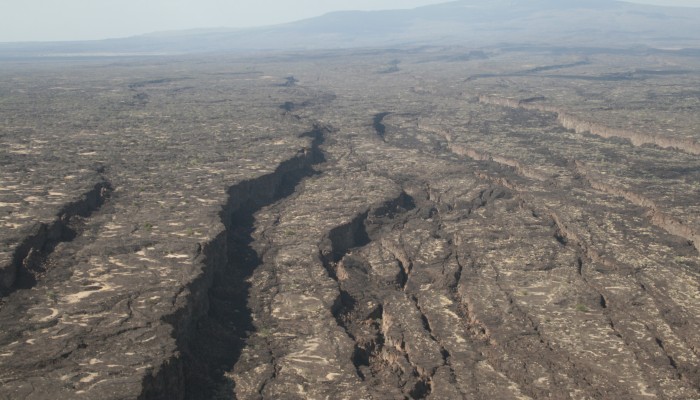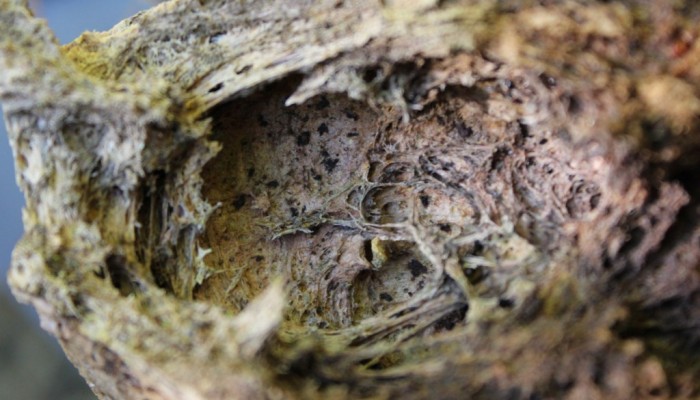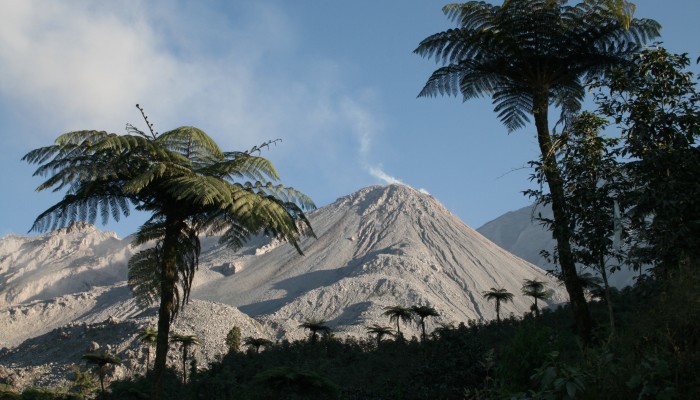In the UK, the landscape of graduate doctoral training (for the PhD, or DPhil degree) in the field of environmental research is about to be radically reshaped. The main funding agency for PhD training, the Natural Environment Research Council, is currently running a competition for Universities and other Research Organisations to run coordinated doctoral training programmes from next year (Octobe ...[Read More]
Conference report – EGU highlights, Day 4
Large international science conferences are extraordinary events. For a week at a time, scientists emerge from their offices and laboratories and join a throng of thousands, negotiating their way through tens of thousands of presentations across multiple parallel sessions. For many of those attending, the scale of the event is less important, though, than the opportunity the meeting presents for s ...[Read More]
Professor John Barry Dawson, 1932-2013
I learnt this week the sad news of the death of Barry Dawson, Emeritus Professor in the School of Geosciences at the University of Edinburgh. I had the great fortune to accompany Barry into the field in 1988, while I was still studying for a PhD, and had the pleasure of spending many enjoyable moments with him subsequently, whether in the field, at meetings, or just in passing. This seems like an ...[Read More]
Time to move scientific debate into the open?
A few months ago, I got a routine request to review a paper about the fate of the plume formed during the 2011 eruption of Nabro volcano, Eritrea. The topic looked interesting, and so I agreed and duly reported. A few weeks later, the journal asked if I might write a commentary to introduce the paper, essentially as a bit of advertising. It wasn’t too hard to agree to that either; after all, ...[Read More]
Sea-floor spreading, on land
One piece of evidence that helped to establish the theory of Plate Tectonics in the early-1960’s was the recognition of patterns of magnetisation in the basalts of the seafloor that were symmetrical about the global oceanic ridge system. Fred Vine and Drummond Matthews recognised that this pattern had to be fixed in place as the lavas, that were erupted along the ocean ridge, cooled through ...[Read More]
Field report: Pumice
One of the most rewarding parts of fieldwork on volcanoes is when the parts start to fit together, and hunches turn into firmer ideas. When piecing together ancient volcanic eruptions, the process often starts with the discovery of the trace of a new deposit in a road cut section. This might be something as simple as the appearance of a scruffy yellow or orange band that catches our eye as we pass ...[Read More]
Field report: beware of the sealions
Beware of the sealions (‘cuidado lobos marinos’) declares the sign at Valdivia fish market, which stretches along the docks in this southern Chilean city. And it’s no joke either, as a large clan of these creatures has set up stall in the estuary beneath the fish market, ready to feast on the daily pickings cast over the sea rail. We are not here, however, to admire the sealife; or to ...[Read More]
OxfordSparks: animating volcanoes
Today sees the launch of a project that I have been working on for the past few months – with the release of a short YouTube animation which explores processes in subduction zones. This is a part of a larger-scale public engagement activity called OxfordSparks which has been coming together over the past eighteen months. This project has brought together a great creative team from across Oxf ...[Read More]
A Portmanteau of Natural Hazards
Last week, the UK’s Natural Environment Research Council (NERC) launched an over-arching programme in Natural Hazards, a network called PURE (Probability, Uncertainty and Risk in the Environment). This post is a very short attempt to navigate the maze of acronyms of projects that are either linked to PURE, or to other related initiatives in Natural Hazards in the UK. PURE itself is a network ...[Read More]
Santiaguito Volcano: Ninety Years and Counting.
Santiaguito volcano, Guatemala, burst into life in 1922 and is now the second longest continuing eruption. It has outlasted both Stromboli (Italy) and Sangay (Ecuador), both erupting since 1934, and is only outdone by Yasur (Vanuatu), which has been erupting at least since 1774, when first visited by Captain Cook. These long-lived eruptions give us an unusual opportunity to use the slowly-extruded ...[Read More]



